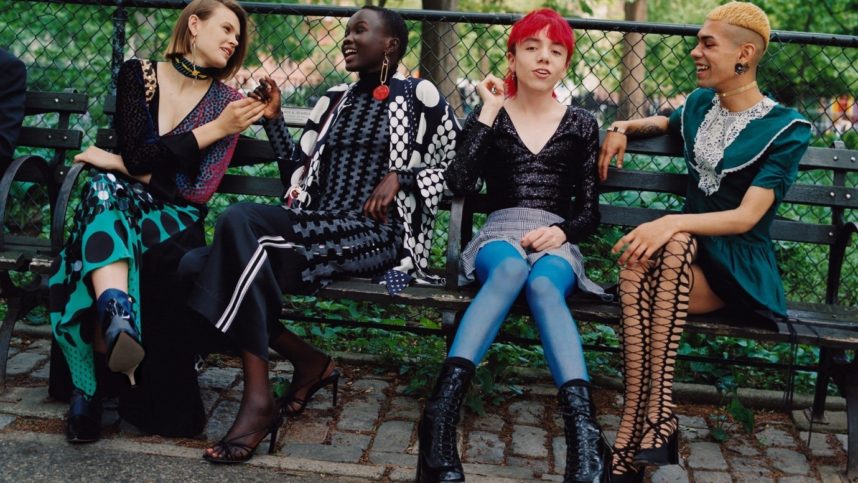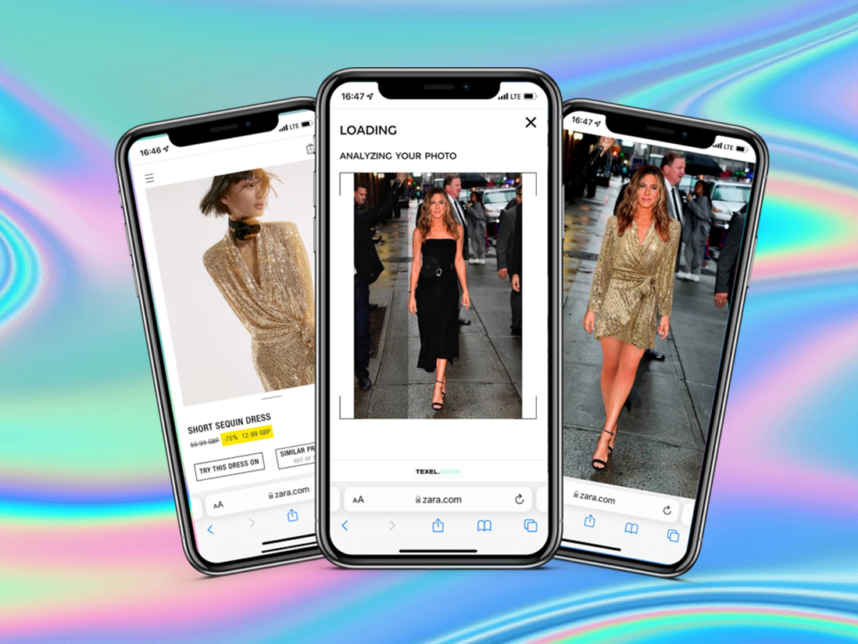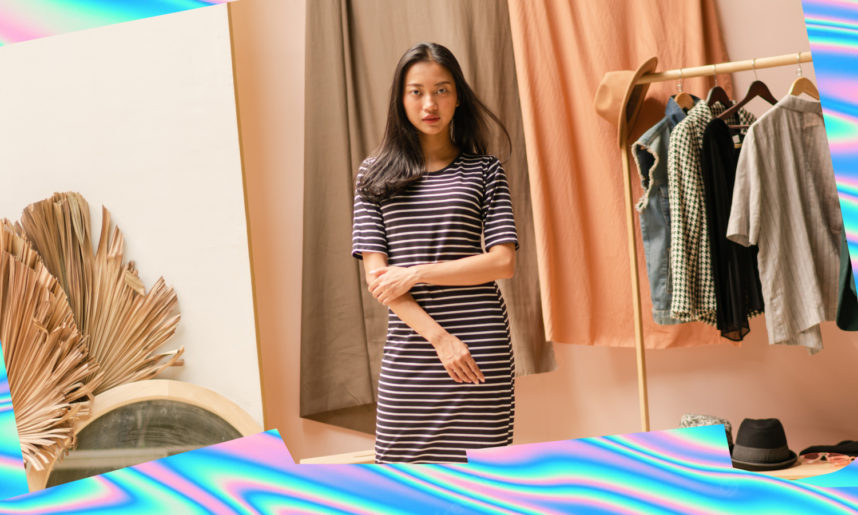Diversity and Inclusion in Fashion: How Can Technology Support the Growing Trend?
Fashion | Trends
07.04.2022

The fashion industry is going through a revolution. With the rise of the sustainability movement, consumers are making their decisions more consciously than ever, and fashion brands are being judged by the values they stand for.
As customers are being more vocal about their needs and having vast opportunities to shop online, they choose to spend their money on brands that truly resonate with their values. However, many shoppers still feel unseen and unrepresented within the fashion industry. They are fed up with clothes that don’t fit or represent them.
Why we need to focus on diversity and inclusivity in fashion
In a recent report by the All-Party Parliamentary Group for Textiles and Fashion (T&F APPG) almost 87,5% of participants said that they did not feel represented in advertising campaigns, fashion shoots, and on the catwalk. Consumers are sharing these opinions online, which heavily affects the way fashion brands have to operate. In the last few years, several large fashion brands had to deal with the backlash from the public due to their lack of diversity: Victoria’s Secret had to cancel their annual fashion show after a major push-back caused by their lack of diverse catwalk models.
“90,5% of consumers said that they were motivated to buy from fashion brands with a good reputation for inclusivity.” - (T&F APPG)
“The lack of diversity in fashion, most certainly across my generation, has led to women and young girls perceiving their bodies, their beauty, their features, and subsequently their identities as not being worthy. And in some cases, sadly wondering what is ‘wrong’ with them when they are constantly being fed images in the media and their everyday lives that promote unrealistic standards of beauty,” - says Chloé Pierre, founder of the wellness platform thy.self.
An increasing number of mental health and body image issues are caused by the lack of diversity in fashion. The fashion industry has to step up its efforts to find a new approach to diversity and inclusion. The question no longer is if inclusivity and diversity are necessary in fashion. The question is: How can modern and successful retail brands ensure that their customers can see themselves wearing their products?
How representation helps your fashion business succeed
While standing up for the values of inclusion and diversity is certainly good for moving towards a more value-based fashion industry, it is in fact also very profitable for your business. A 2018 study by McKinsey & Company showed that companies with the most ethnically and culturally varied executive teams are 33% more likely to outperform homogeneous competitors with regard to profitability.
Additionally, representation helps companies to achieve improved decision-making processes, gain deeper consumer insights, and strengthen employee engagement. People want to be seen, heard, and represented, and that has to start with the teams that work in the fashion industry.
However, when we talk about representation in fashion, another area that requires a lot of improvement is sizing. In a report for The Fashion Structure Journal Andrea Kennedy pointed out that 62 percent of consumers are not finding any clothes in retail stores that fit them properly.
This statistic shows that the current sizing system that is widely used in the fashion industry is not in any way an adequate representation of real human bodies. No one size fits all because humans do not come in standardised sizes. In fact, there is a lot of diversity in our body shapes that should be acknowledged and celebrated.
Long gone are the days when consumers were willing to put up with having to buy ill-fitting clothing pieces. They are now looking for clothes that fit properly and feel personalised to their style and needs.
Virtual fitting rooms: How technology can make fashion more inclusive and diverse
This is where technology comes in to enable a new level of inclusion and diversity in fashion. Virtual try-on and size advice widget by Texel.Moda offers customers a unique opportunity to try on a variety of looks in an online fitting room by simply choosing a default avatar or by uploading their own full-body photos. This AI technology enables consumers to visualise their new looks on their own bodies or on bodies that are very similar to theirs without ever having to physically try on the products in a store. With a clothing size calculator, consumers can also receive a personalised size recommendation and effortlessly order the best-fitting products.
The virtual fitting room technology leads to higher website conversions and reduces product returns addressing some of the biggest issues in the fashion industry. The technology enhances the overall user experience and improves engagement, therefore encouraging customers to return to the online retail store for more purchases.
“83% of consumers say that convenience is more important to them when online shopping than five years ago.” - National Retail Federation
Implementing modern technology that makes it easy to find well-fitting clothing pays off: “48% of customers are more likely to be loyal to the brands that use the latest technology to engage and connect with them.” However, virtual try-on widgets do not only support online shoppers in finding the right products, they also help fashion retailers to understand the real body metrics of their customers and improve their size charts accordingly. By utilizing a unique database of 10,000,000+ 3D body data points by Texel.Moda, brands can further optimise their size charts and grade rules.
With such a variety of data points available, the technology can also be optimised to divide customers by their shape groups and provide personalised product offers suited to their actual body shape. Companies like Texel.Moda offer tools that provide detailed analytics of body shapes and offer in-depth access to the consumers’ body data to design better fitting and more inclusive clothes.
What else needs to change in the fashion industry?
While technology plays a major role in making the fashion industry more inclusive, the change needs to happen on many levels. At the moment, especially queer, trans, and nonbinary people are on the losing end of inclusion in the fashion industry. Disabled people are also underrepresented and often struggle with finding clothes that suit their needs. Standardised sizes are firmly rooted in the gender binary and dismiss people with bodies that are different to the current industry “standard”.
Another major part of the population that is still underserved is plus-size clothing. In the US, the plus-size market is estimated to be worth $6,8 billion in 2022, yet only 8% of brands offer plus-size options. To improve these statistics, size charts need to be adjusted. Sizing databases such as Texal.Moda can help in this process with a large database of 150 000 full-body 3D scans from 30 countries. Based on this data, fashion brands can improve the fit of products for varying body shapes and sizes.
At the same time, it’s necessary to make inclusion and diversity an indispensable part of the hiring processes in the fashion industry. When representatives of currently marginalised and oppressed communities get a say in the decision-making process, clothes will become more fitting for everyone’s needs.
Many fashion houses and retailers have already committed to promoting diversity and inclusion and hired consultants to support them on this journey. The needle is moving in the right direction and VR & AI technology can already make fashion more inclusive and diverse right now.
Author - Jessi Christian






